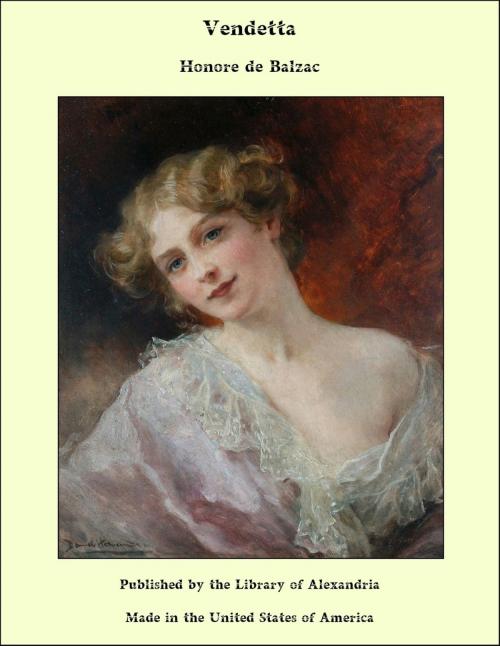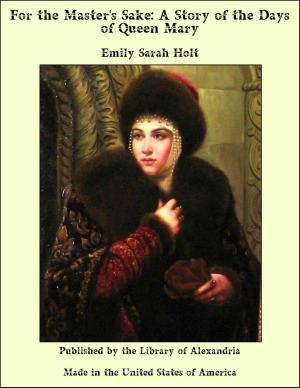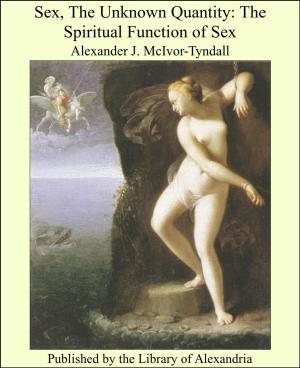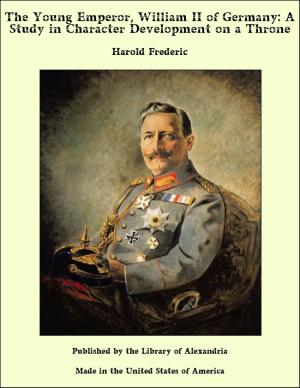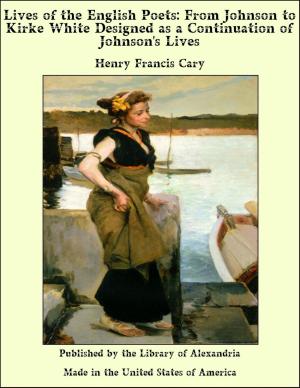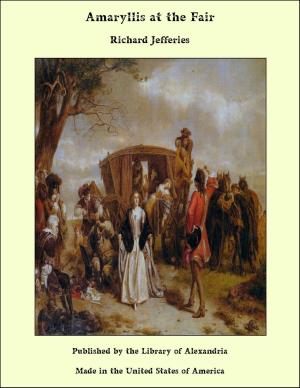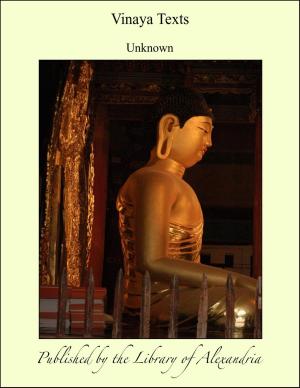| Author: | Honore de Balzac | ISBN: | 9781613100608 |
| Publisher: | Library of Alexandria | Publication: | March 8, 2015 |
| Imprint: | Language: | English |
| Author: | Honore de Balzac |
| ISBN: | 9781613100608 |
| Publisher: | Library of Alexandria |
| Publication: | March 8, 2015 |
| Imprint: | |
| Language: | English |
In the year 1800, toward the close of October, a foreigner, accompanied by a woman and a little girl, was standing for a long time in front of the palace of the Tuileries, near the ruins of a house recently pulled down, at the point where in our day the wing begins which was intended to unite the chateau of Catherine de Medici with the Louvre of the Valois. The man stood there with folded arms and a bowed head, which he sometimes raised to look alternately at the consular palace and at his wife, who was sitting near him on a stone. Though the woman seemed wholly occupied with the little girl of nine or ten years of age, whose long black hair she amused herself by handling, she lost not a single glance of those her companion cast on her. Some sentiment other than love united these two beings, and inspired with mutual anxiety their movements and their thoughts. Misery is, perhaps, the most powerful of all ties. The stranger had one of those broad, serious heads, covered with thick hair, which we see so frequently in the pictures of the Caracci. The jet black of the hair was streaked with white. Though noble and proud, his features had a hardness which spoiled them. In spite of his evident strength, and his straight, erect figure, he looked to be over sixty years of age. His dilapidated clothes were those of a foreign country. Though the faded and once beautiful face of the wife betrayed the deepest sadness, she forced herself to smile, assuming a calm countenance whenever her husband looked at her.
In the year 1800, toward the close of October, a foreigner, accompanied by a woman and a little girl, was standing for a long time in front of the palace of the Tuileries, near the ruins of a house recently pulled down, at the point where in our day the wing begins which was intended to unite the chateau of Catherine de Medici with the Louvre of the Valois. The man stood there with folded arms and a bowed head, which he sometimes raised to look alternately at the consular palace and at his wife, who was sitting near him on a stone. Though the woman seemed wholly occupied with the little girl of nine or ten years of age, whose long black hair she amused herself by handling, she lost not a single glance of those her companion cast on her. Some sentiment other than love united these two beings, and inspired with mutual anxiety their movements and their thoughts. Misery is, perhaps, the most powerful of all ties. The stranger had one of those broad, serious heads, covered with thick hair, which we see so frequently in the pictures of the Caracci. The jet black of the hair was streaked with white. Though noble and proud, his features had a hardness which spoiled them. In spite of his evident strength, and his straight, erect figure, he looked to be over sixty years of age. His dilapidated clothes were those of a foreign country. Though the faded and once beautiful face of the wife betrayed the deepest sadness, she forced herself to smile, assuming a calm countenance whenever her husband looked at her.
